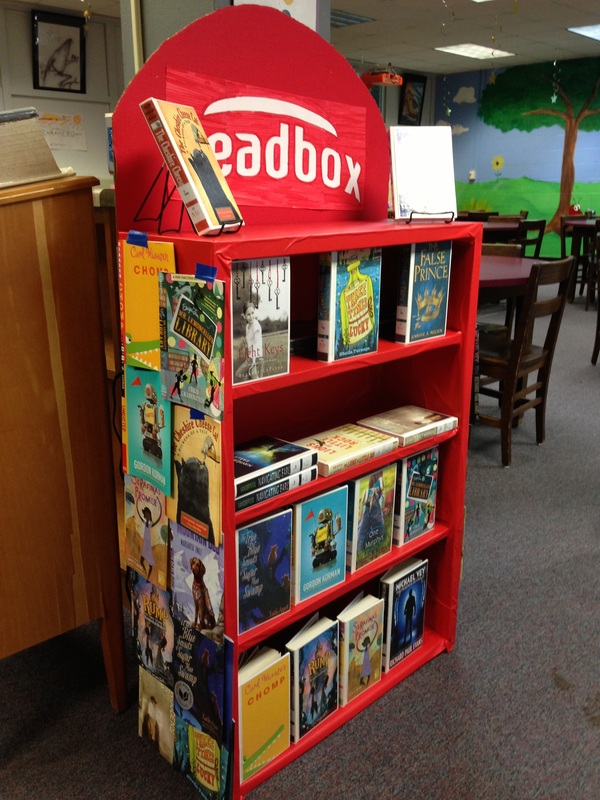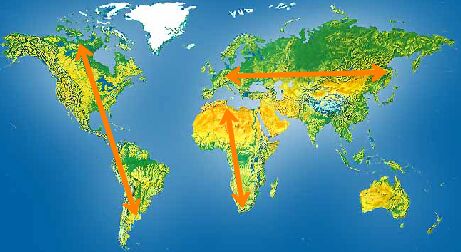My earliest memories of books are from age 5 when I carried my favorite book with me to Mrs. Patrones' house after morning kindergarten. I remember sharing it with my friend, Frankie. I had many favorites through the years, but most of the early ones caught my attention with their beautiful colors and pictures. I can see the turtles in the tuttle tuttle tree, and the melting tiger as he turned into buttery syrupy pancakes and the especially perfect colors of the Popples, which looked like they'd be soft when I touched the page but never where (that mismatch totally mesmerized me). Other than the Dr. Seuss one, I can't remember the stories very well, but I can see some of the pictures and feel the magic still.
As I got older, the books got fewer pictures, of course, but richer detail that made pictures in my own mind. I can "see" Louis the trumpeter swan and his chalkboard, Charlotte in her web, princess Sara Crewe in her dreary attic with Becky, and Rose and all of her rowdy cousins. The stories grew in imagery, but the pictures were drawn with words. They morphed from small, thin hardcovers or board books to paperback chapter books and thick hardcovers that made me feel so grown up.

Now my books are thin again. In fact, they mostly have no physical substance at all! They exist on my kindle. Of course, I still read a lot of print books, but if I can get them on my kindle I do so. I read a lot more nonfiction than I did as a child - some because I need the information and some just because I connect with them more now as I think about more esoteric ideas and enjoy making connections.
What will my books look like 20 years from now? Will we still have any print books? Will storytelling take an entirely new form?
It would be easy to go along with the crowds and talk about the rise of digital media and how all books will be on the computer. Or how nobody reads anymore and there will be hardly any new books by then. Or how we've been slowly dumbing down and in 20 years all the new books will be inane and empty. I agree with Ursula Le Guin that TV shows and movies have become "brain-numbing... remakes of remakes". (Staying Awake, 2008) Those writers are obviously out of ideas and originality. But - and this is a big but - I think humanity is just as intelligent and creati
 ve as ever. The problem is one of overload. We have so many stories, so much access, so easily, that we can't find anything of value among the fluff. In addition, I believe that our educational system is part of the problem, rather than the solution. That's a different topic, but one I encourage you to explore.
ve as ever. The problem is one of overload. We have so many stories, so much access, so easily, that we can't find anything of value among the fluff. In addition, I believe that our educational system is part of the problem, rather than the solution. That's a different topic, but one I encourage you to explore. In my humble opinion, I think the recent interest in all things retro will include reading as a pastime. I think people are tired of emptiness and are looking for depth and meaning. Memoirs are on the rise, everyone can publish, and people want connection. I predict those things will coalesce into the greatest boom in book publishing that the world has ever seen. They'll need librarians even more to separate the grain from the chaff and help people find the stories that inspire their lives. I look forward to reading them whether they're on an ereader or paper!









































